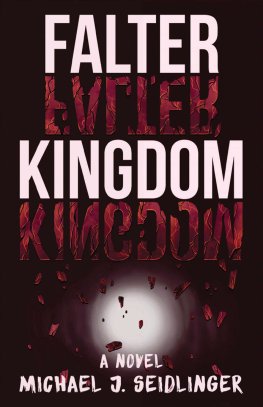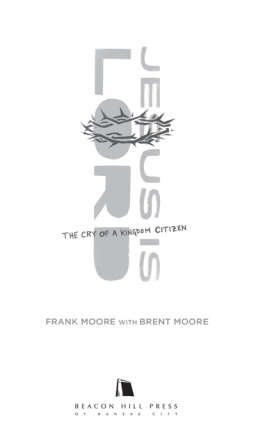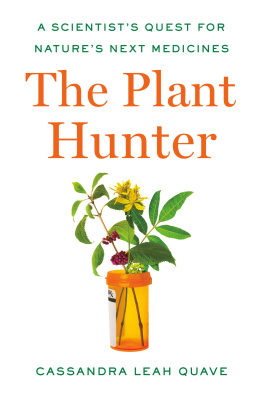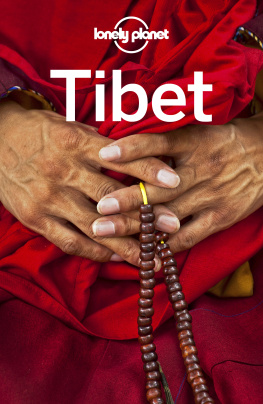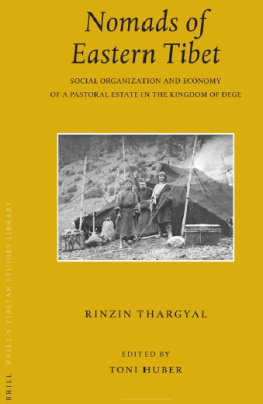A Plant Hunter In Tibet
Gardens in Britain and America today owe much to the exploits of explorer and plant hunter Frank Kingdon Ward. Over fifty years, Ward travelled remote areas of the Far East looking for beautiful flowers and shrubs likely to thrive in western gardens, while also searching for new botanical specimens and recording geographical information on the unexplored country through which he passed. His discoveries include new kinds of rhododendrons, lilies, gentians, primulas and the legendary Tibetan blue poppy. This is a narrative of his adventures and discoveries in Tibet in 1933, illustrated with his own photographs. Travelling light, Ward scrambles up snow gullies, descends by rope into dark ravines, dodges rockslides and avalanches, fends off attacks by tribespeople, takes yak tea with lamas and ascends to the highest peaks to be rewarded with the sight of turquoise poppies, deep gamboge primulas and rhododendrons as red and vivid as lava. Ward conveys all the excitement of exploration, the thrill of danger and the rewards of discovery as, in one precarious situation after another, he discovers new plants and seeds. Both a book of travel and of gardening history, Wards account reminds us how the exotic plants we now take for granted found their adventurous way into our gardens, greatly enriching our enjoyment of them.
THE KEGAN PAUL LIBRARY OF CENTRAL ASIA
AMONG THE TIBETANS
Isabella Bird
AT THE COURT OF THE AMIR OF AFGHANISTAN
John Alfred Gray
MODERN HISTORY OF MONGOLIA
Charles R. Bawden
MONGOLIAN TRADITIONAL LITERATURE
Charles R. Bawden
A PLANT HUNTER IN TIBET
Frank Kingdon Ward
KEGAN PAUL BOOKS OF RELATED INTEREST
MONGOLIA TODAY
Shirin Akiner
AMONG THE MONGOLS
James Gilmour
THE RELIGIONS OF MONGOLIA
Walther Heissig
RELIGIONS OF TIBET
Giuseppe Tucci
First published 2006 by
Kegan Paul Limited
Published 2013 by Routledge
2 Park Square, Milton Park, Abingdon, Oxon OX 14 4RN
711 Third Avenue, New York, NY 10017, USA
Routledge is an imprint of the Taylor & Francis Group, an informa business
Kegan Paul, 2006
All Rights reserved. No part of this book may be reprinted or reproduced or utilised in any form or by any electric, mechanical or other means, now known or hereafter invented, including photocopying or recording, or in any information storage or retrieval system, without permission in writing from the publishers.
ISBN 978-0-710-31197-9 (hbk)
British Library Cataloguing in Publication Data
Applied for.
CONTENTS
ILLUSTRATIONS
To all those who assisted me on my expedition, my thanks are due. I am specially indebted to several friends of long standing: to Captain John Ramsbottom, o.b.e., Keeper of the Botanical Department, Natural History Museum; and to Mr. T. P. M. OCallaghan, Inspector-General of Police, Assam. I would also wish to thank Lt.-Colonel H. W. Tobin, d.s.o., and Mr. J. H. Crace, Political Officer, Sadiya, for assistance on the spot.
This book is a small tribute to the company of enthusiastic gardeners who supported and encouraged me, particularly to my friends of the Garden Society.
F. K. W.
Hatton Gore,
Harlington,
Middlesex.
ALTHOUGH the surface features of the high Asian plateau called Tibet are now known, there is no region in the world of comparable size which is so unknown in detail. Even the surface features have only been revealed during the present century, and are familiar to but few; and there are still considerable gaps. There are no maps of Tibet on a scale larger than sixteen miles to an inch, and these show many blank areas, and still greater areas filled in between the tracks of explorers in which the mountains, lakes and rivers are mainly conjectural.
If this is true of the main surface features, naturally the first objects to be noted by the pioneer traveller, how much more true is it of secondary features the rocks and their structure, animal life and vegetation! It may be argued that Tibet being, as is commonly supposed, a cold desert, the vegetation at least is so sparse that it is of very little importance, and that our knowledge of the flora of Tibet is complete. Tibetan explorers in fact, for the last century, have been so surprised to meet with any plants at all, that they have invariably collected what they saw. In the almost complete absence of vegetation, it is not to be supposed that there can be much animal life either, so that the fauna also might be well known. This is true so far as it goes; but it is not the whole truth. Had Tibet been known to the ancients as Arabia was, it would have been divided into three parts. These might have passed down to history as Scythia borealis, Scythia felix and Scythia horridula; or, as we would say, the northern plateau, the outer plateau and the river gorge country. We will now briefly consider how these three divisions of Tibet have arisen. Tibet, and the Himalayan ranges, at the end of Cretaceous times lay at the bottom of the great sea known as the Tethys which stretched away to the Mediterranean. To the south lay peninsular India, which had been land almost from the beginning of geological time; to the southeast lay the ancient Indo-Malayan mountains, where now Burma, Yunnan and Malaya are. During early and middle Tertiary times, a series of great earth movements uplifted the bottom of the Tethys into the plateau of Tibet, and at the same time raised the southern edge of this plateau into the greatest mountain range in the world the Himalaya. Thus Tibet is, geologically speaking, a new land. Ever since it rose from the sea the forces of nature have been violently destroying and re-shaping it. As a result, we can distinguish three divisions of the plateau:
(i) The Chang Tang, or great plateau. Drainage internal, short rivers ending in lakes which, having no outlet, are salt or brackish. The climate is severe and dry, there is often salt in the soil, and the Chang Tang is literally a desert. There are no woody plants, and very few flowering plants of any sort.
(ii) The outer plateau. Here the water is beginning to flow outwards, till eventually it reaches the sea;* but the watershed between the internal and external drainage is hardly perceptible, and it is not till the streams have grown larger that any change in the vegetation can be observed. Gradually the country becomes more fertile, with a steady slope to the south-east. Most of the Tibetan towns, such as Lhasa and Gyantse, are situated on the outer plateau. By the time they are reached the rivers are flowing in wide shallow troughs, and there are a few freshwater lakes. The climate is much milder than that of the Chang Tang, and there is a varied alpine flora; but there is no forest, and trees are confined to the watercourses.
(iii) The river gorge country. The streams which flow outwards from the rim of the Chang Tang have scooped shallow valleys for themselves. In order to escape from the plateau altogether however, and reach the plains below, they have to cut their way through the enormously high containing wall. This they do, giving rise to the river gorge country. Here we must altogether revise our ideas of Tibet. The altitude changes greatly within a few miles, so that the climate varies from warm temperate to cold temperate; but the atmosphere is always moister than on the plateau, and the precipitation greater. The river gorge country is divisible into two types: the upper gorge country, inside the main containing wall, with a comparatively dry, cold climate, a rich alpine flora and no forest; and the lower gorge country, outside the containing wall, with a much moister climate and densely forested mountains. It is important to remember that all three divisions are parts of the one plateau in different stages of disintegration.



